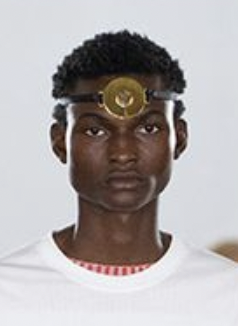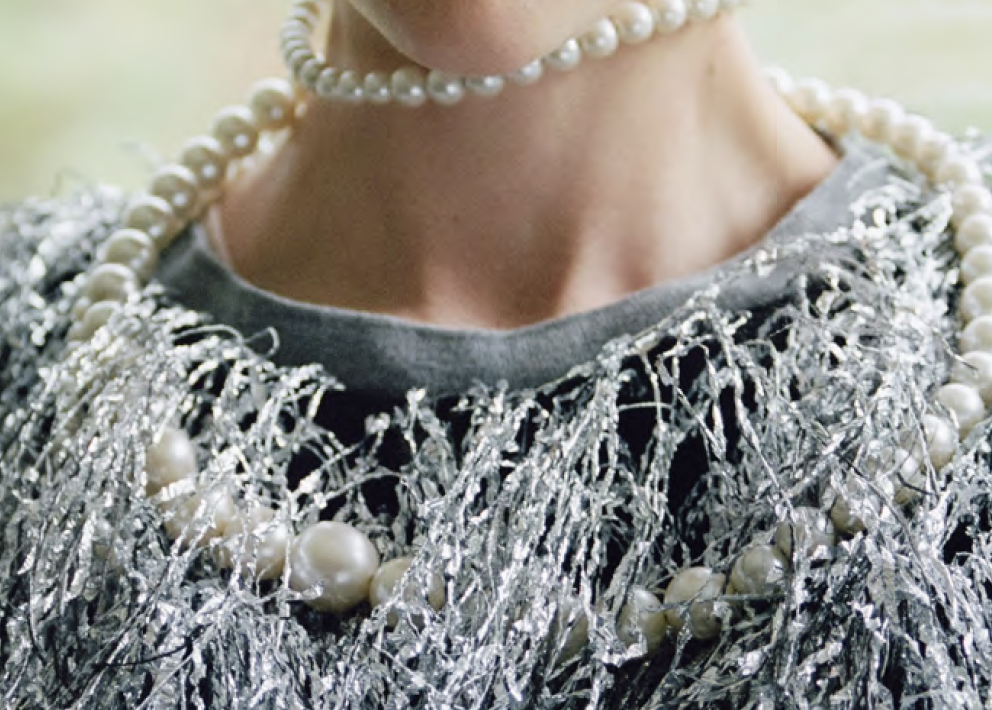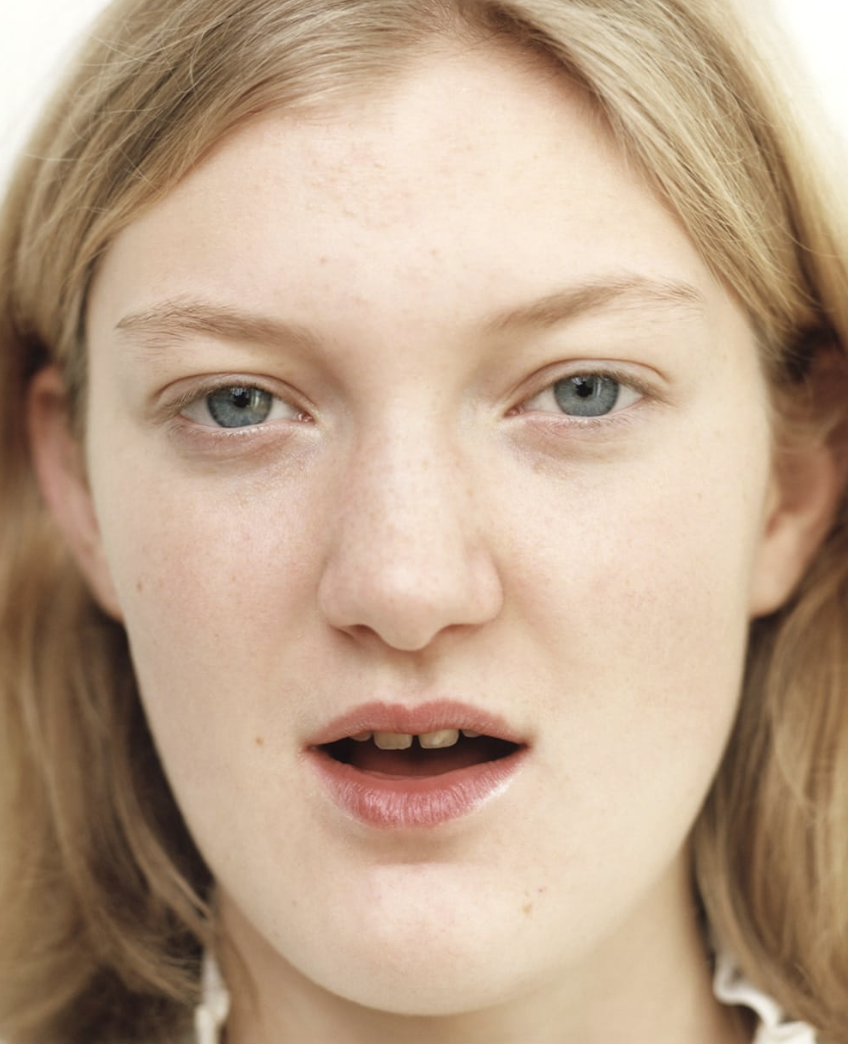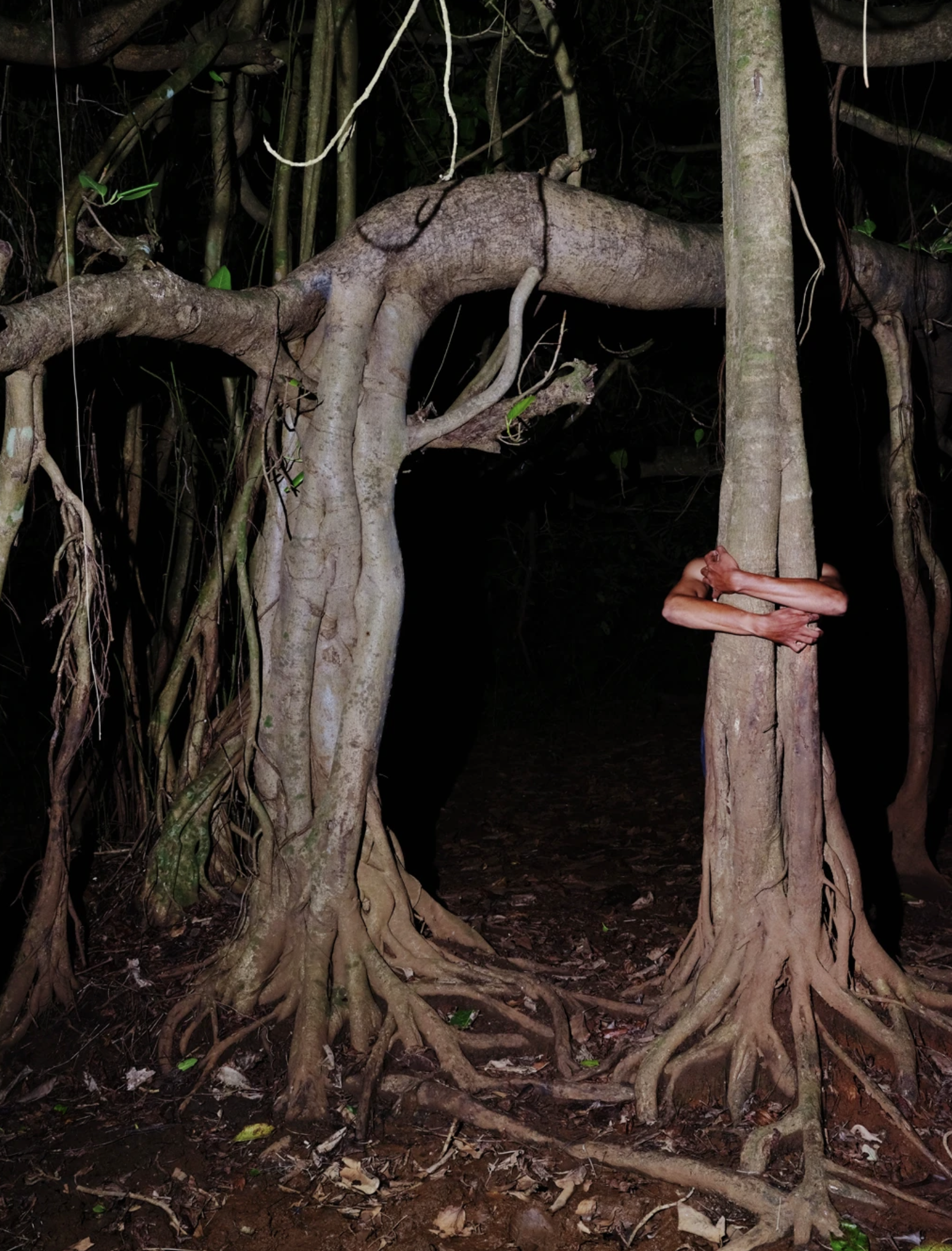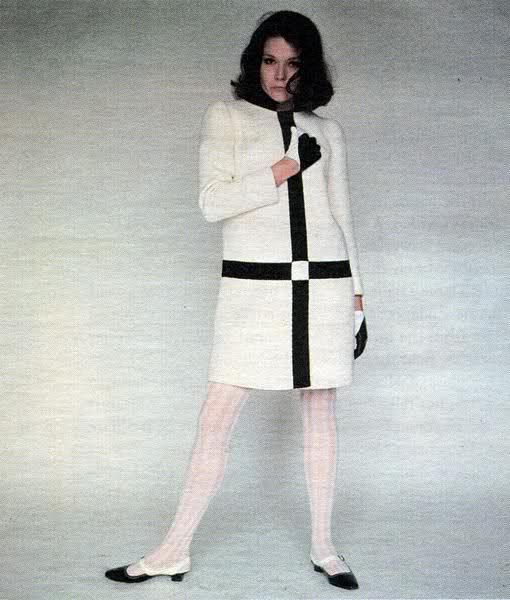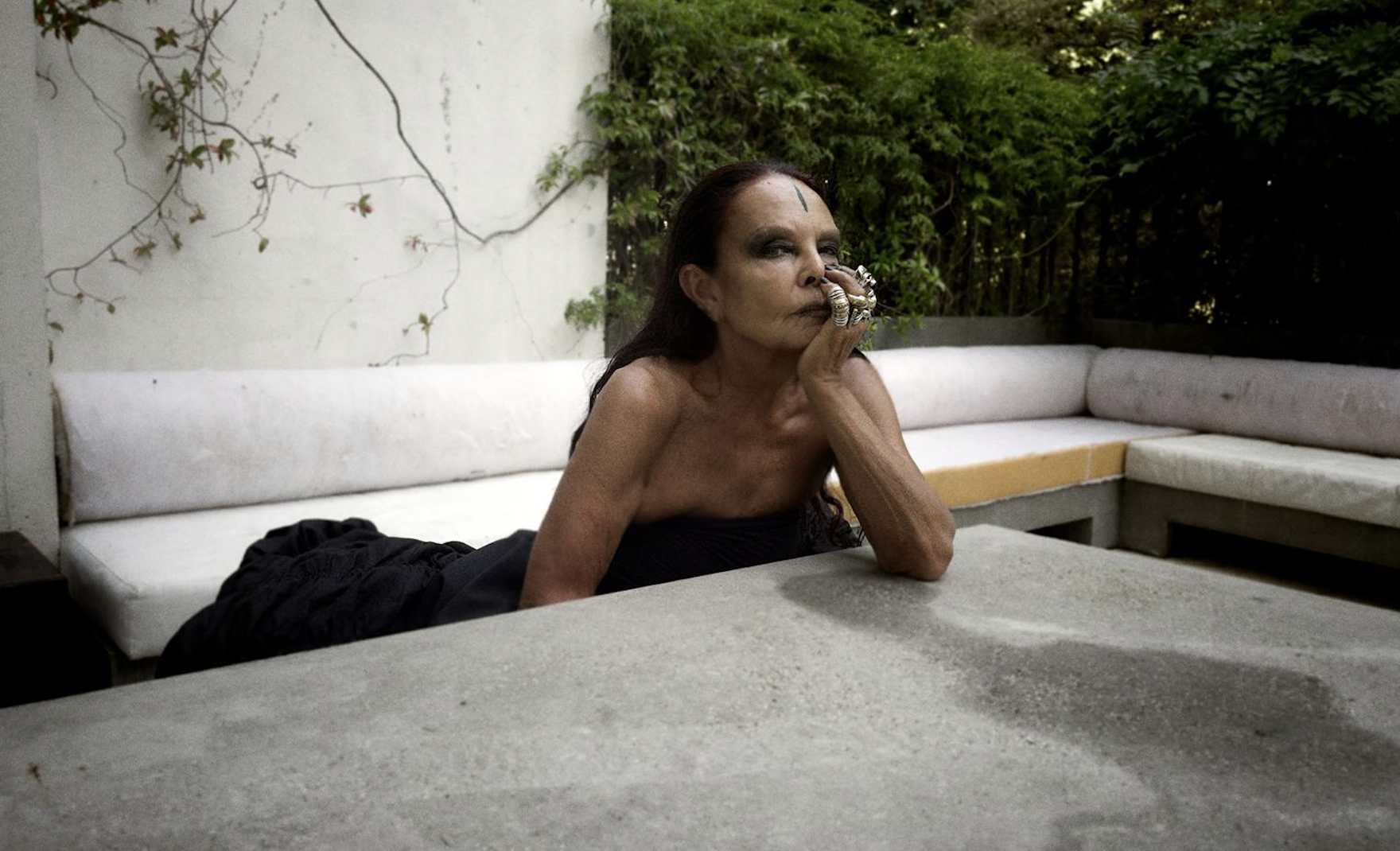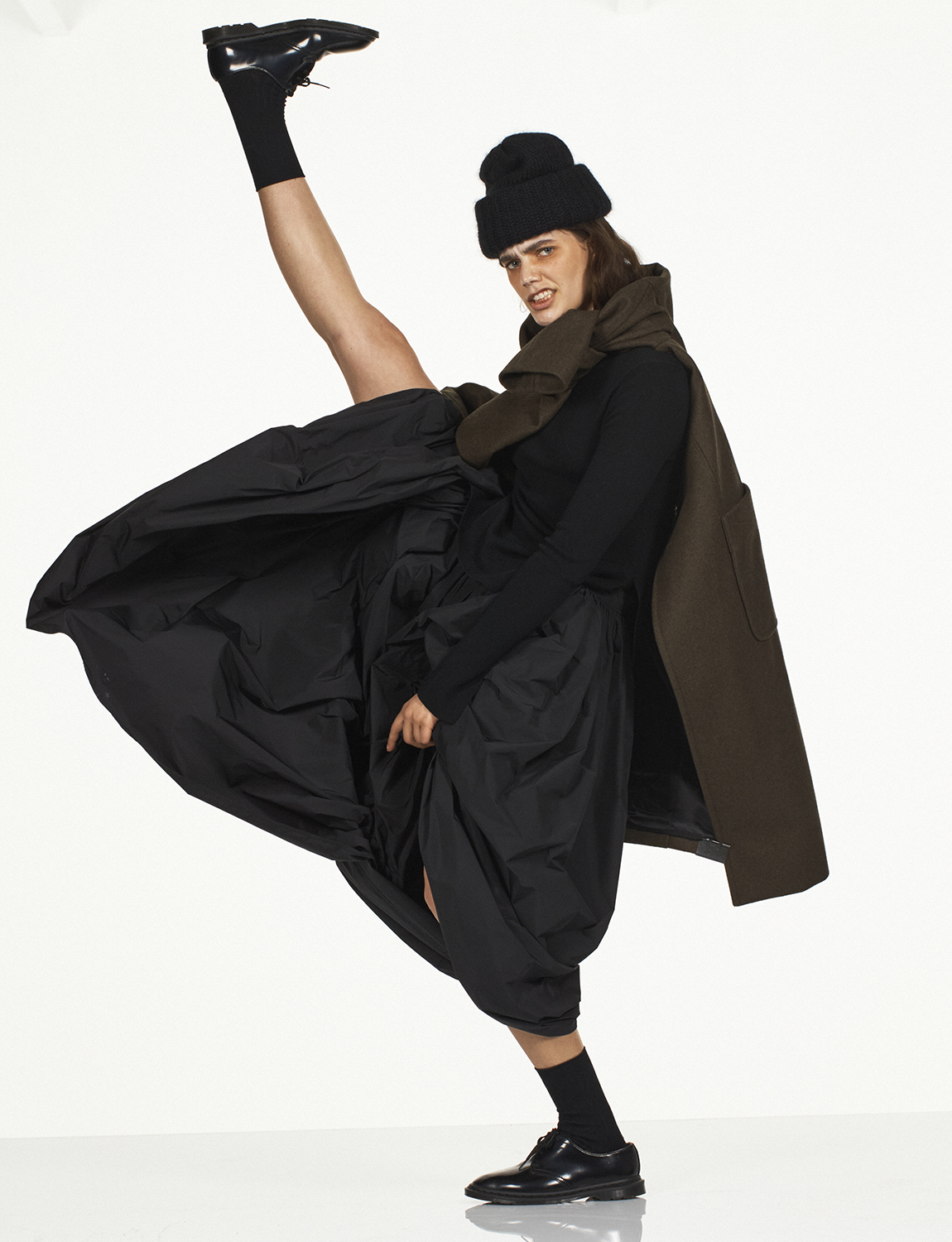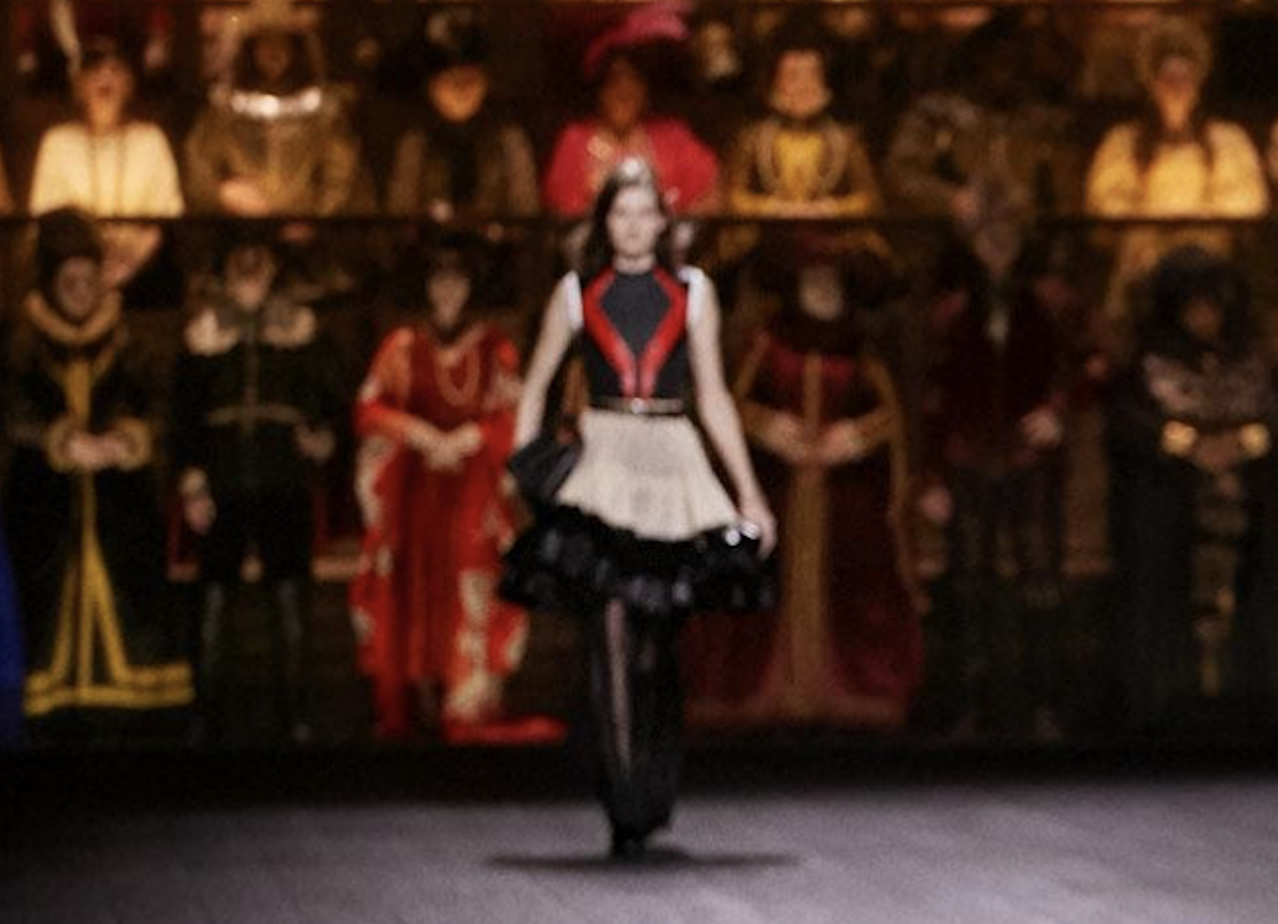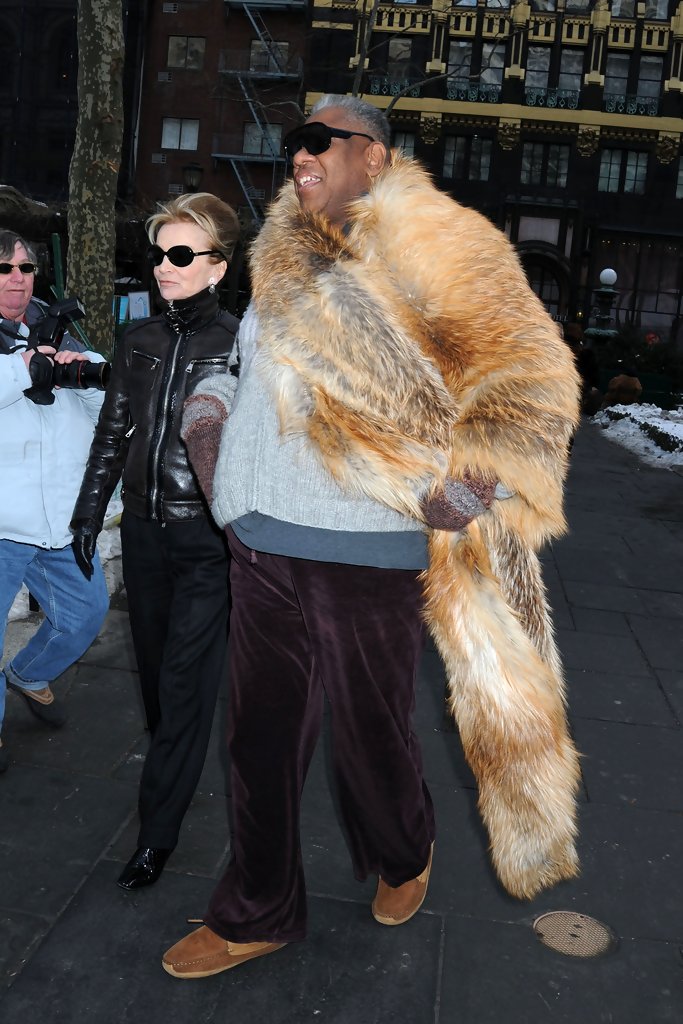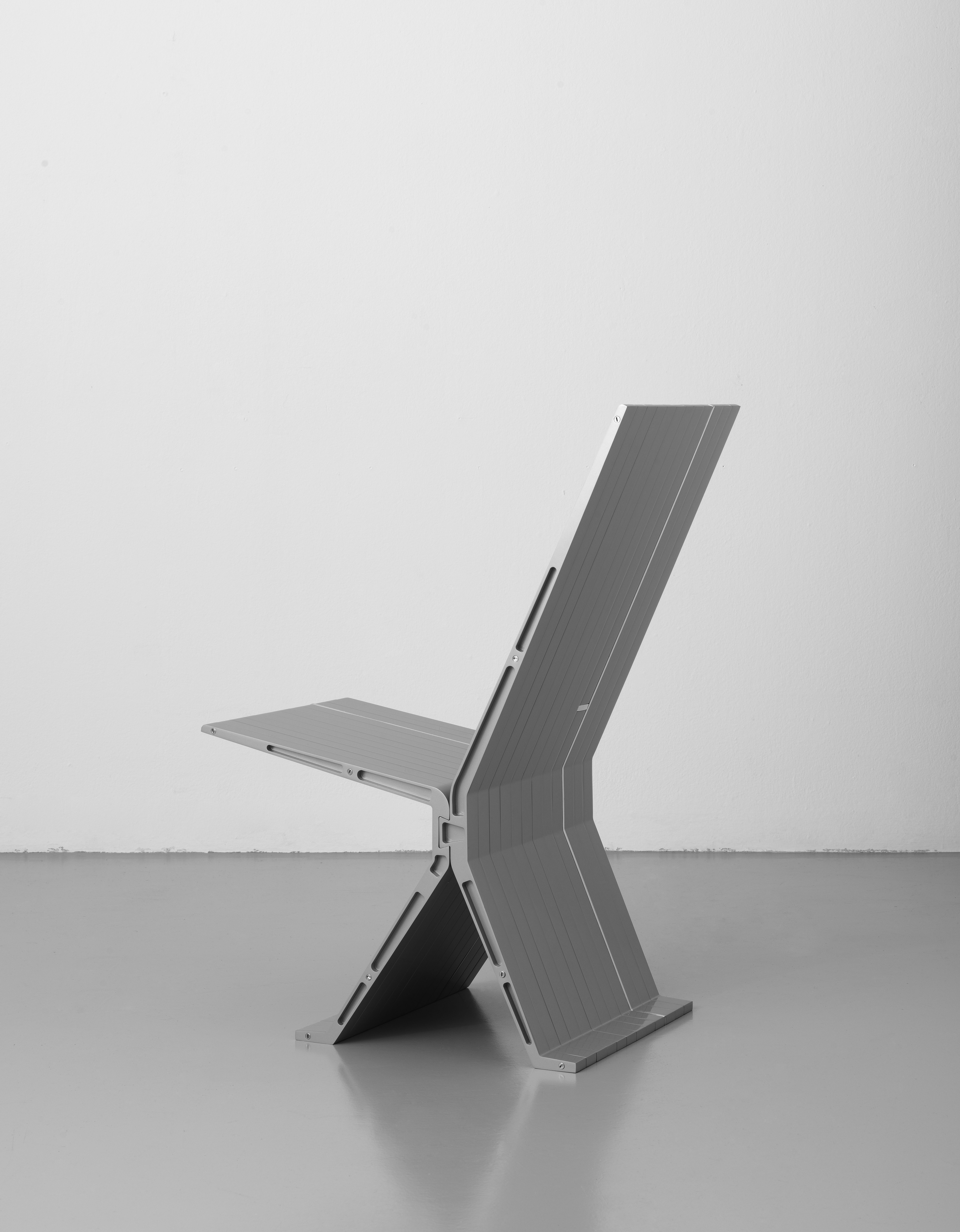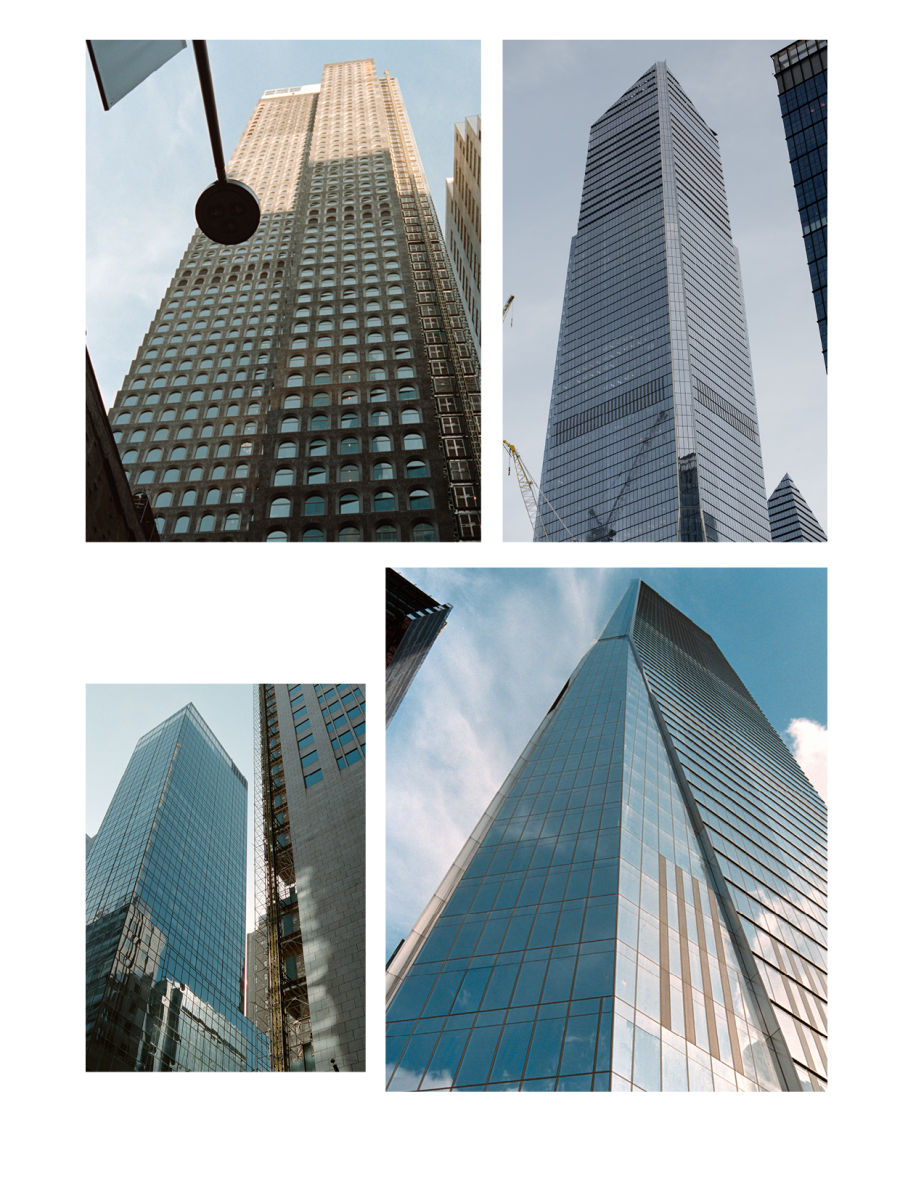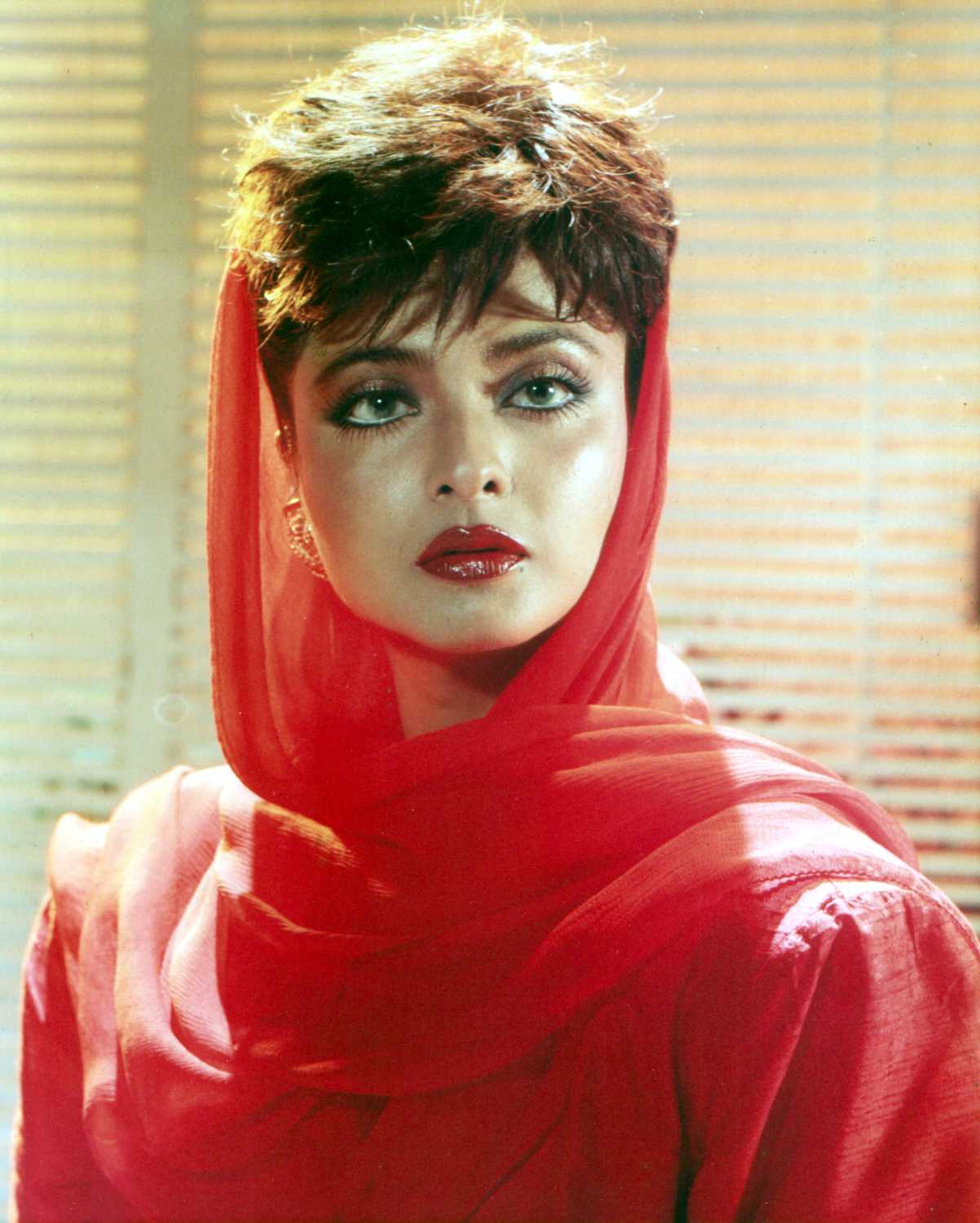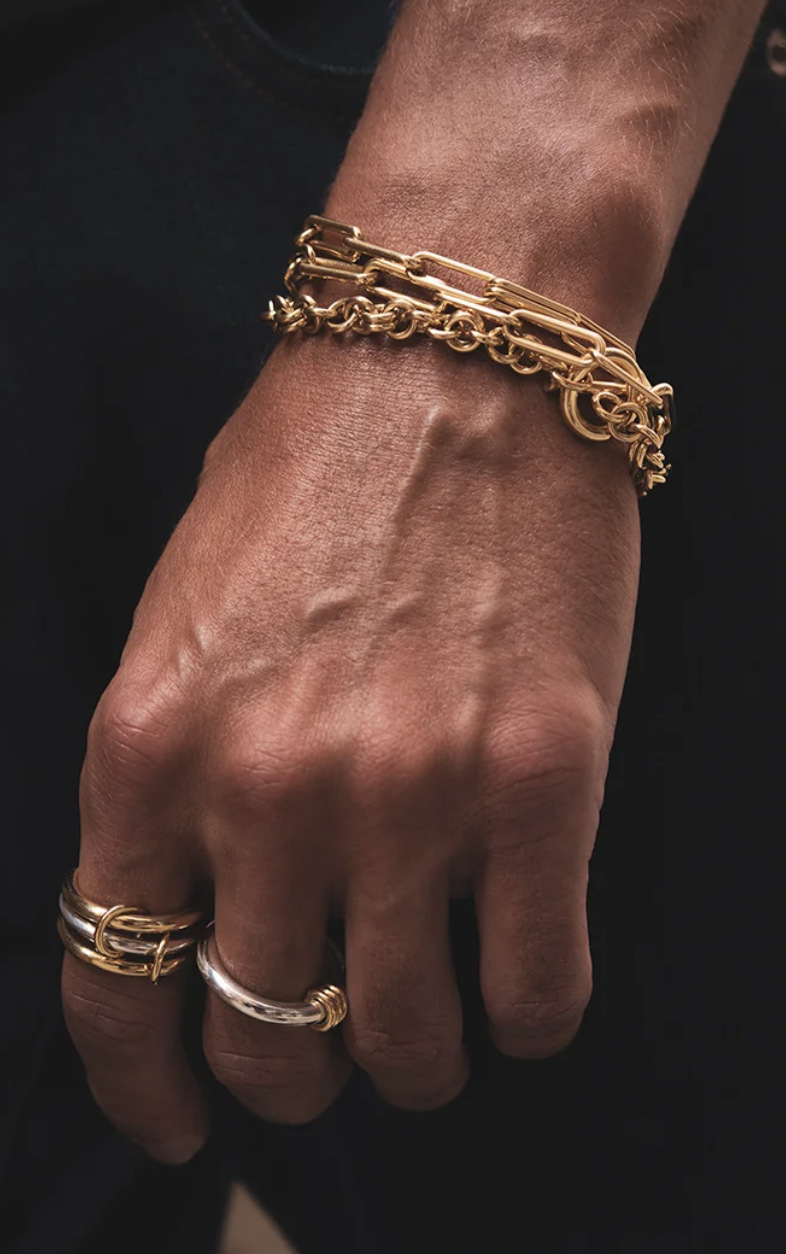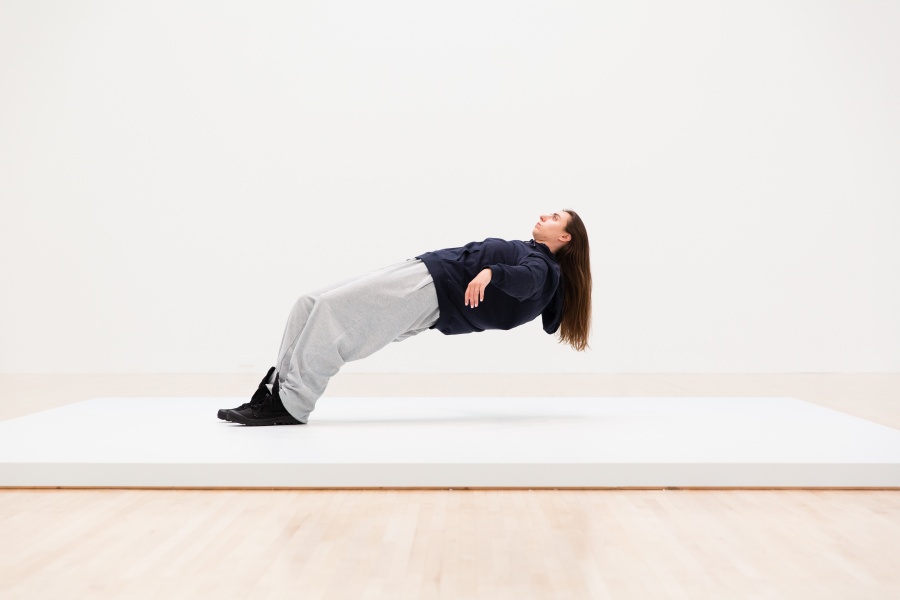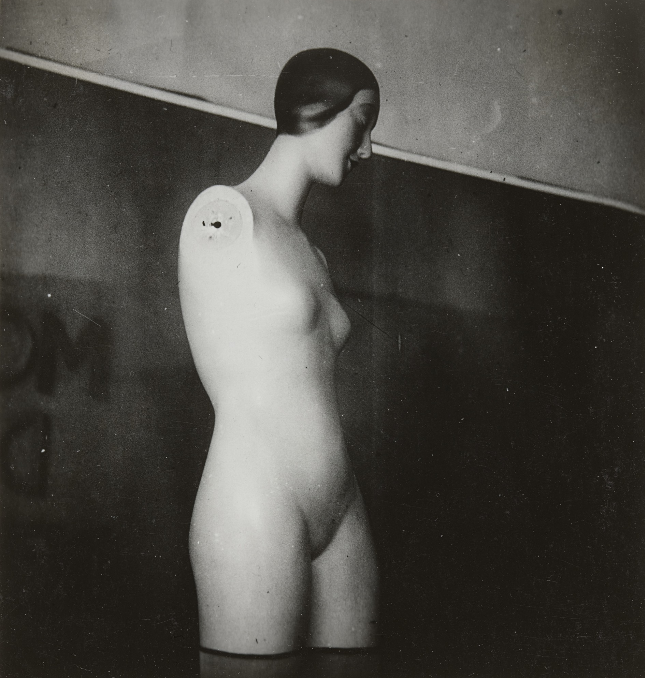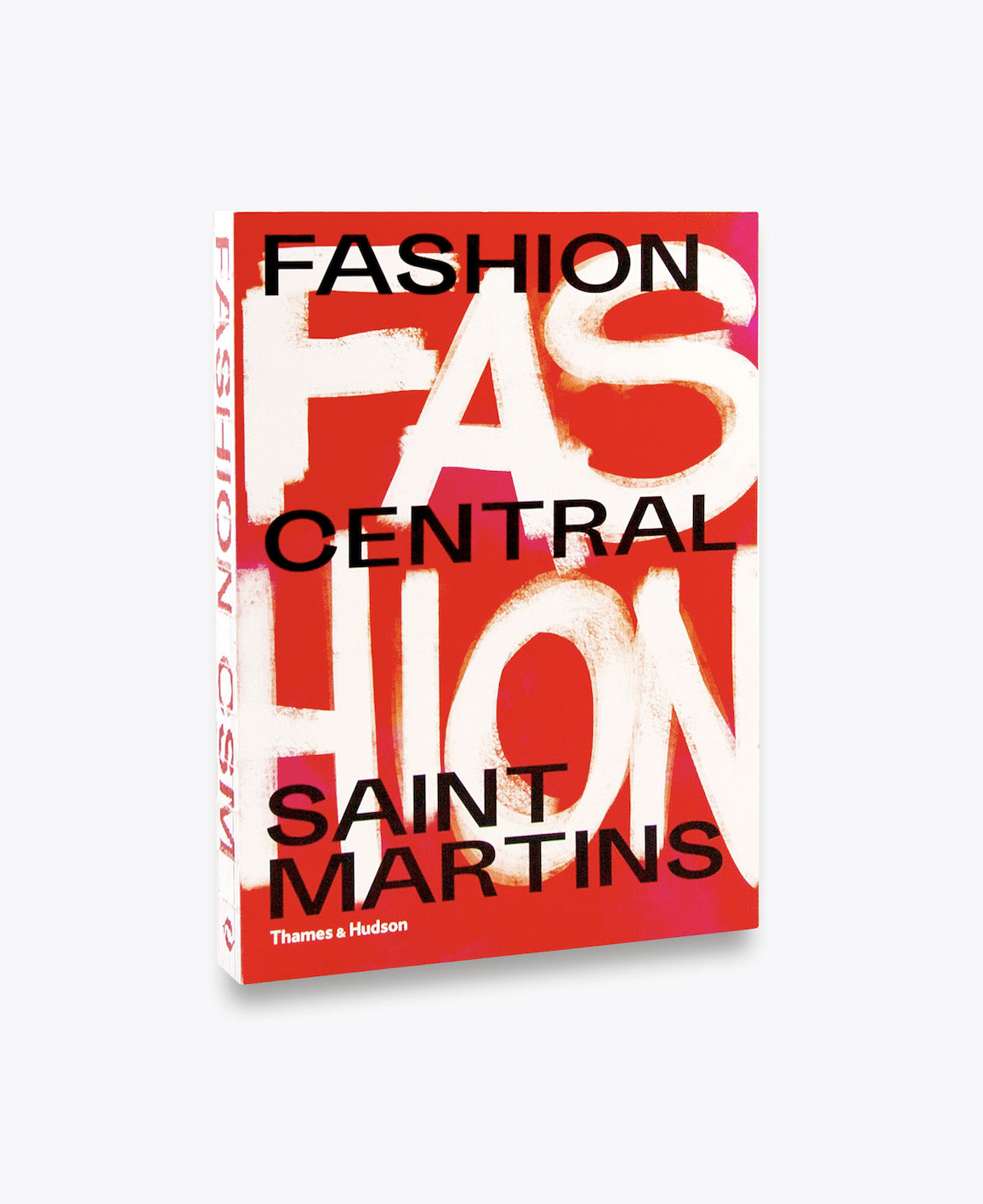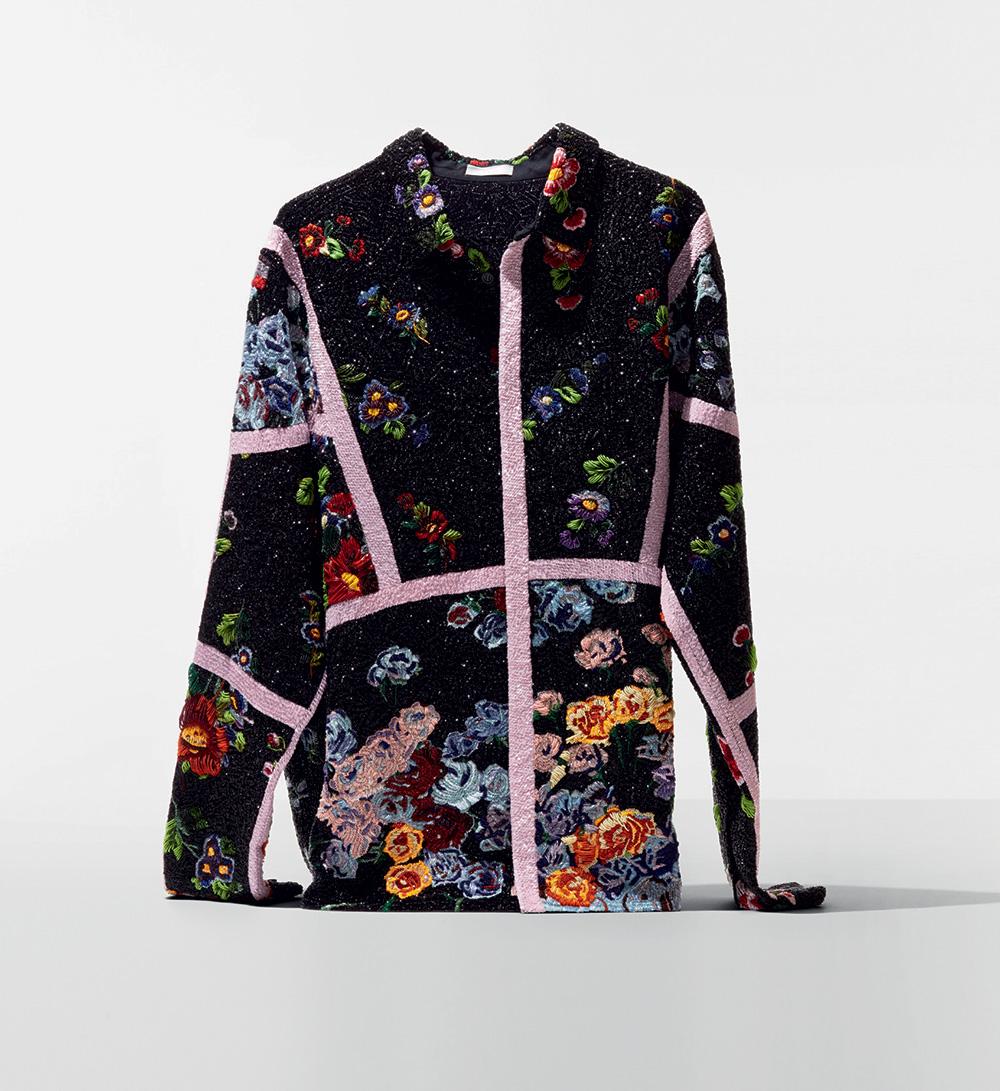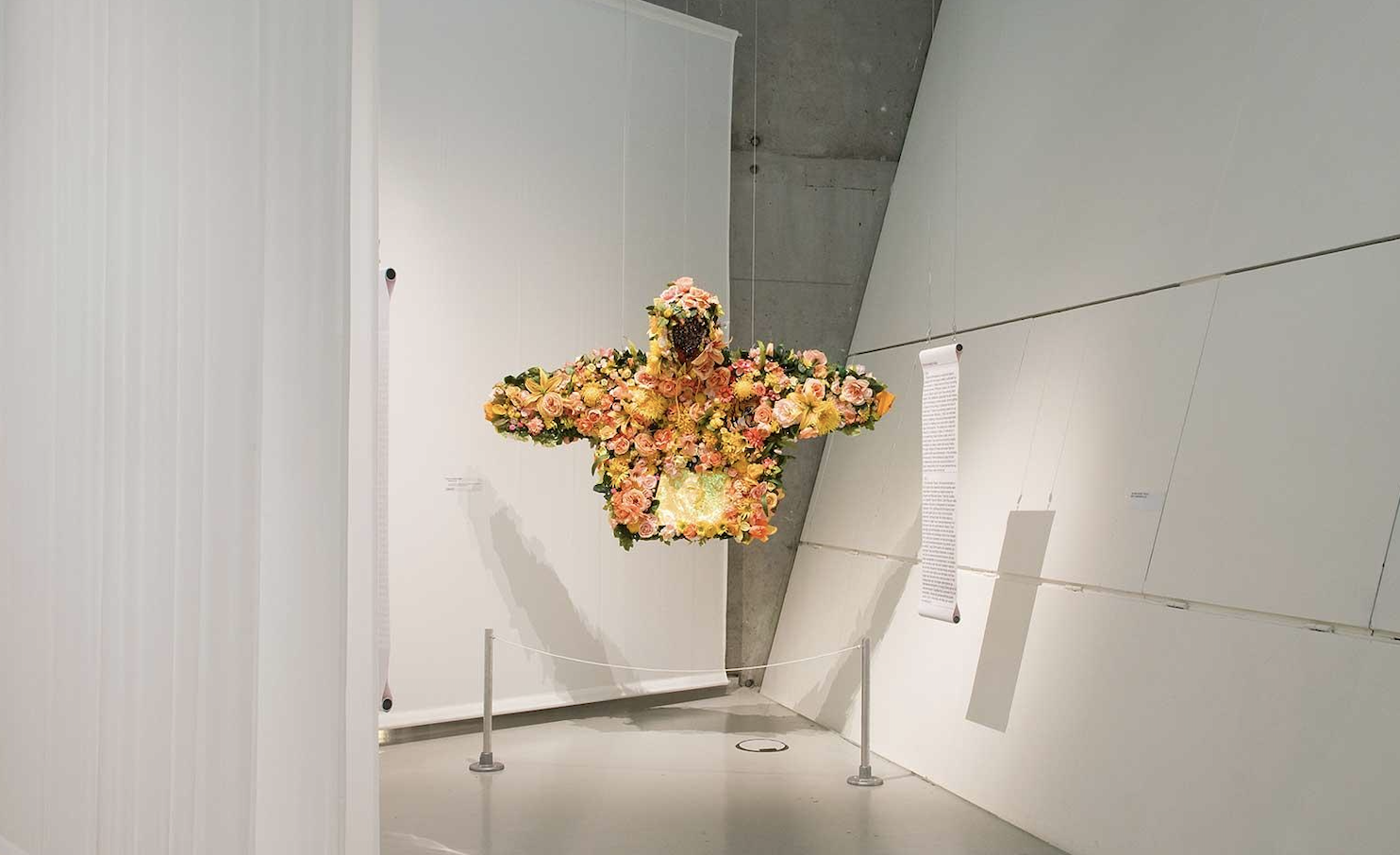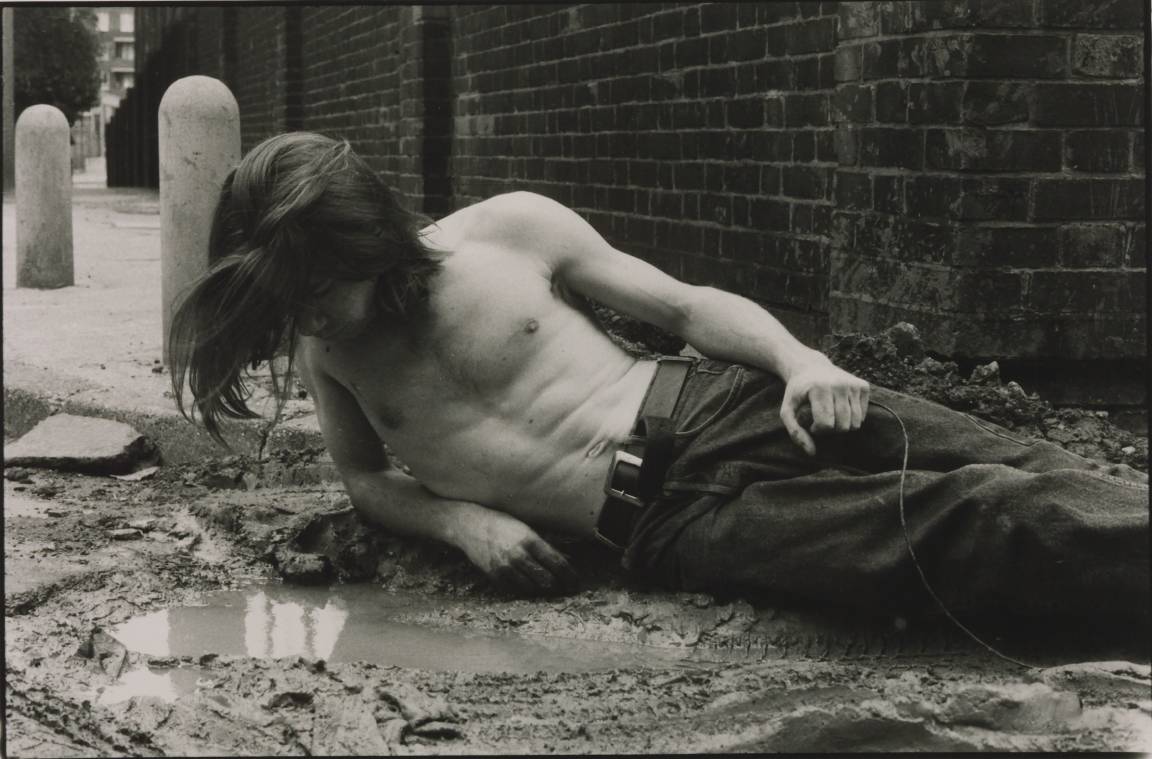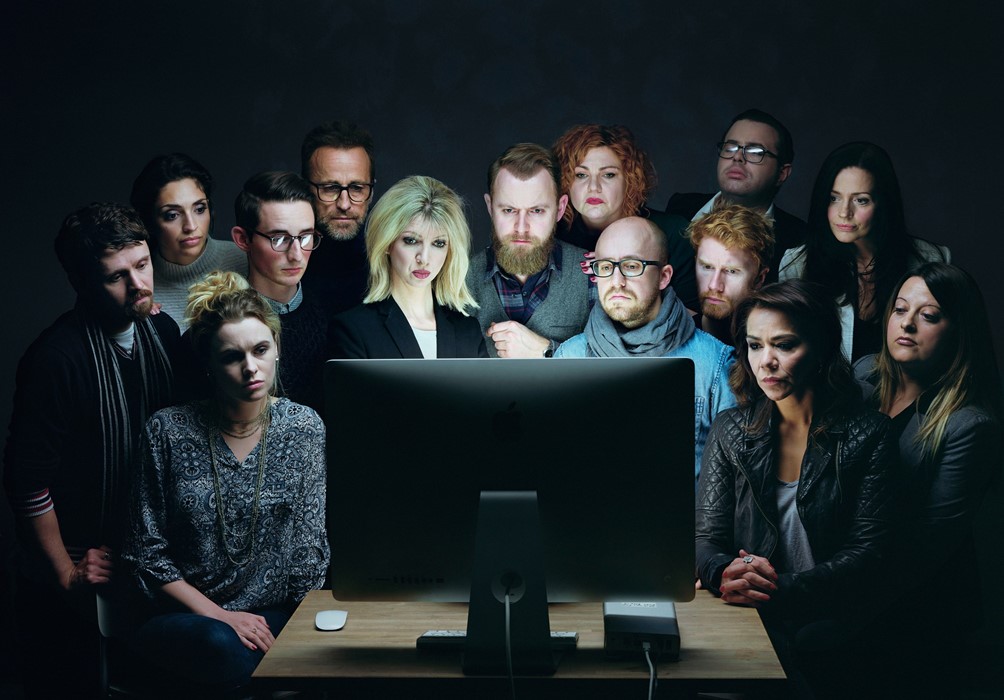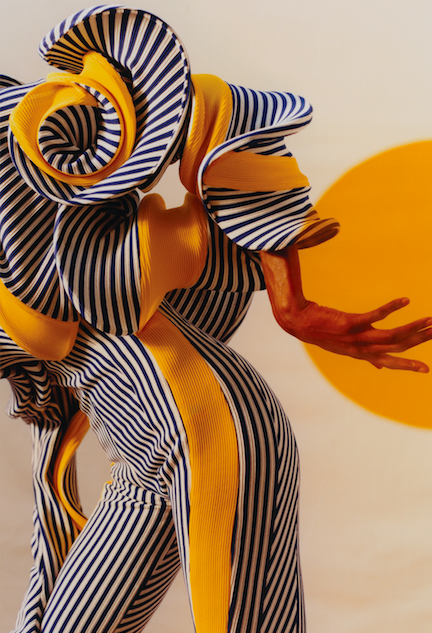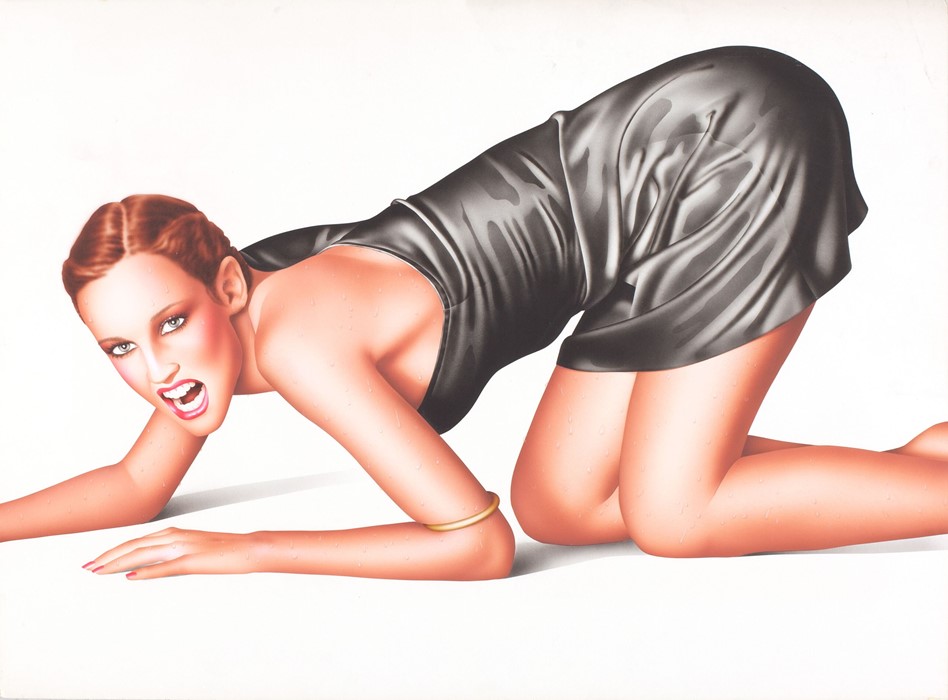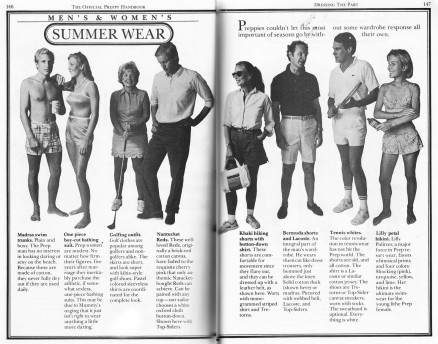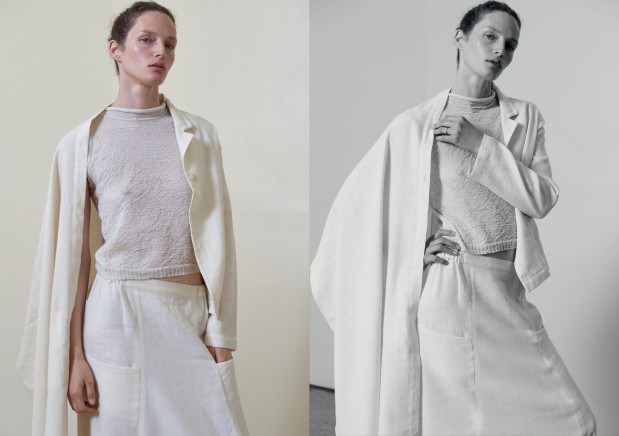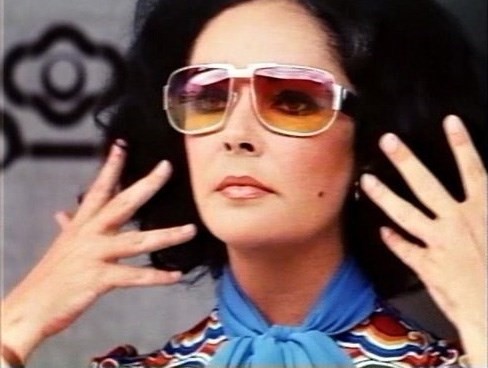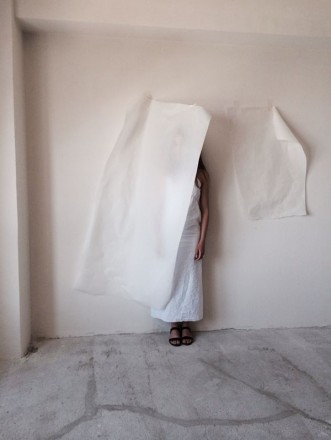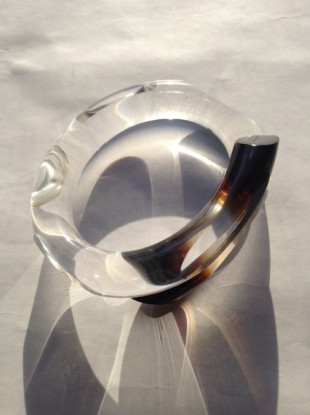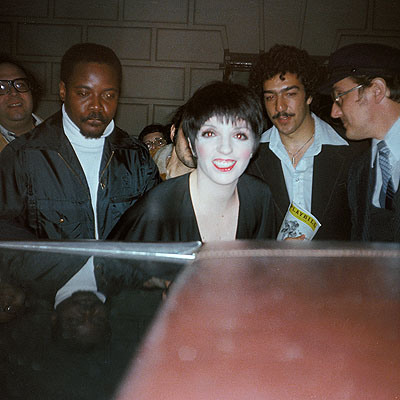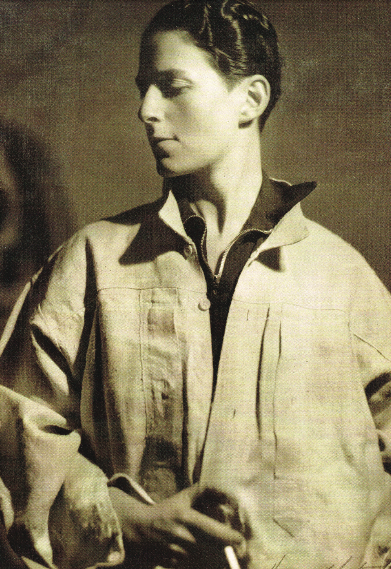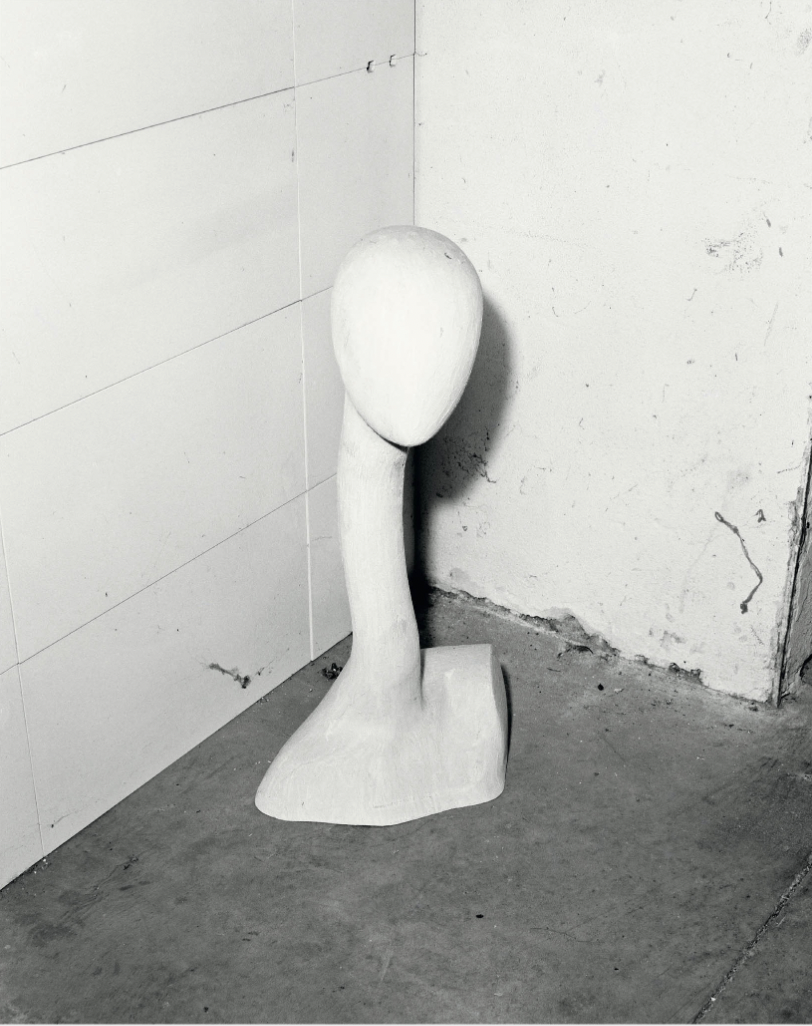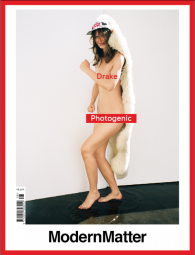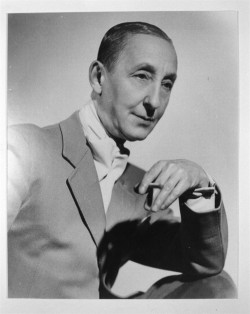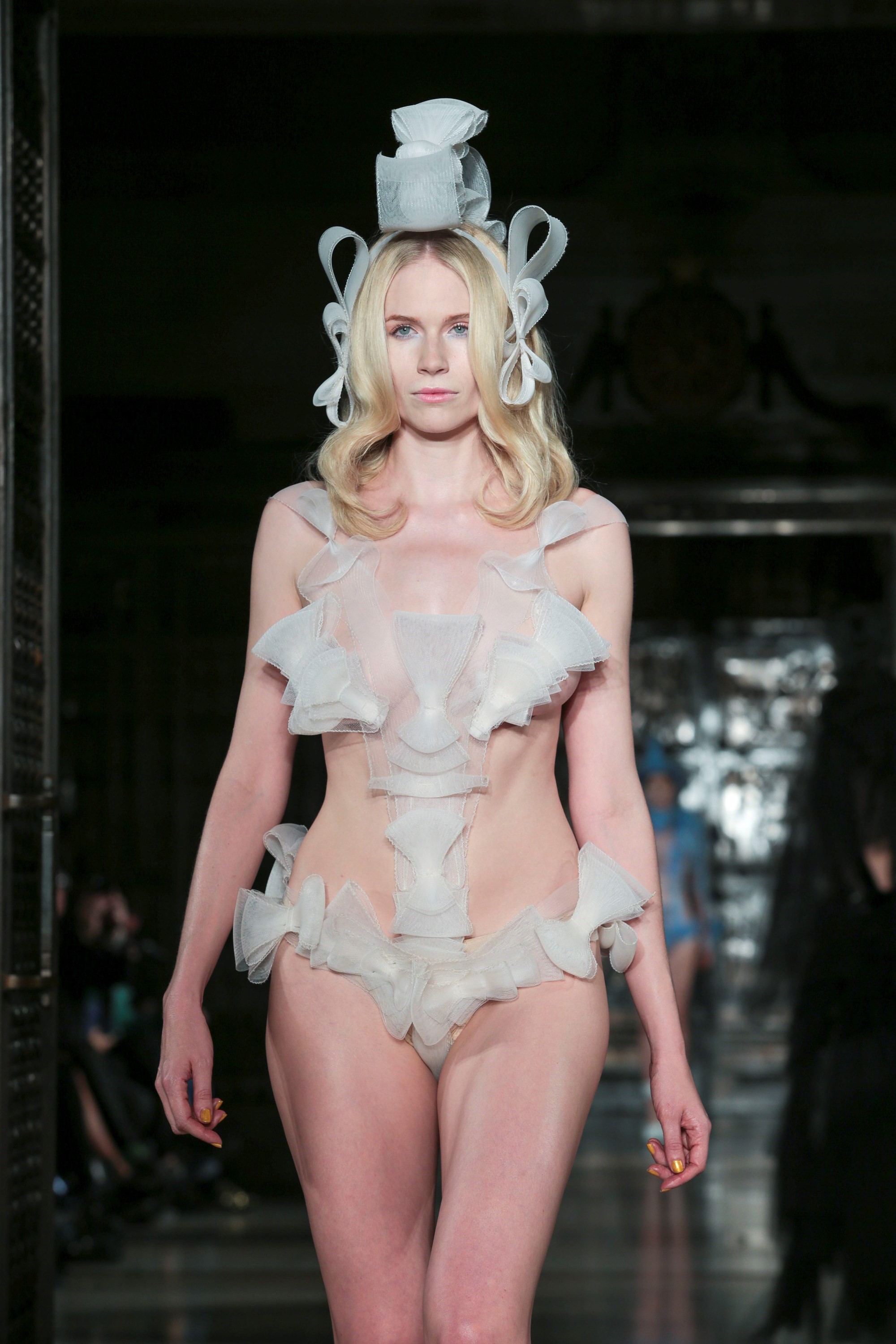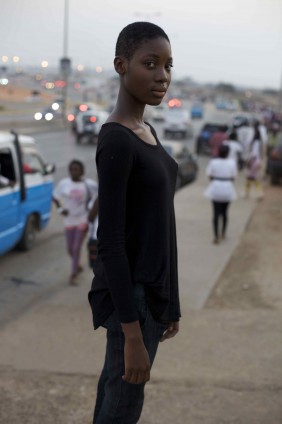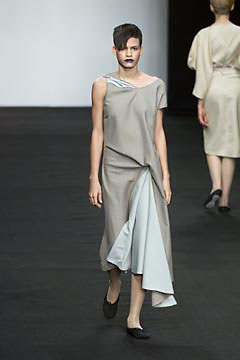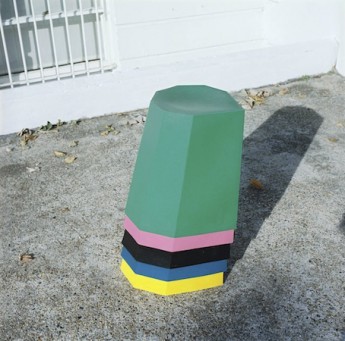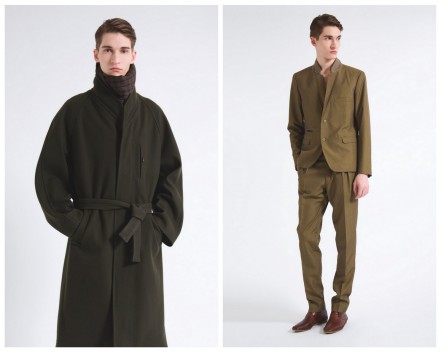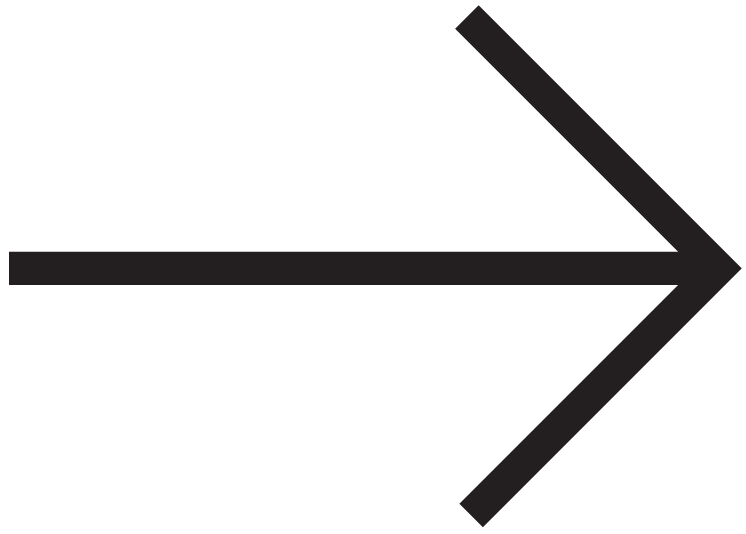Why The Craft Trend Is More Relevant Than Ever In 2020

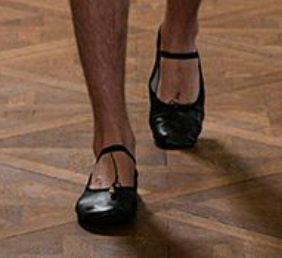
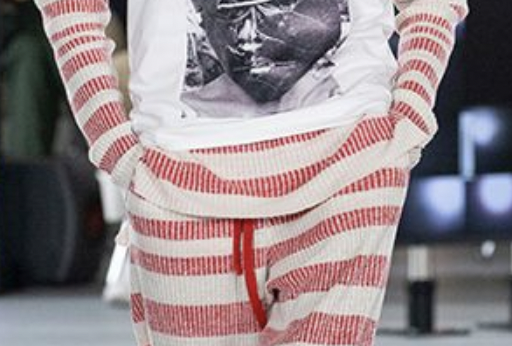

Though our lives are more automated than ever, craft – or, at least, the idea of it – maintains an intense hold on our imagination. Search for it on Google Shopping and you’re confronted with the welcoming sparkle of wooden Christmas decorations, a neat cord jacket and several jolly books, musing on the merits of the handmade. Flick to the images tab and you’ll find pairs of fleshy hands whittling, fixing and darning – portraits of a generation defying our digital age by reconnecting with the slowness of making. It’s a tactile tonic in a world consumed by global panic, political unease and cybernetic communication. Recently, the fashion world has captured the mood with lively hand-painted prints, graphic overstitching, opulent appliqué, raw edges and hand-finished effects. Even in this most tempestuous season of spring 2020, we’re still hypnotised by the dexterity of the human hand, despite an industrialised age that seems to have little need for it.
The coronavirus pandemic will likely lead to ‘a global recession of a magnitude that has not been experienced before,’ according to trend forecaster Ms Lidewij Edelkoort. It will initiate a resetting of values, a revision of how and what we think about clothes. It will recharge our sense of touch. Now, then, is the time to celebrate how Blue Blue Japan’s relaxed-fit indigo tie-dyed sweatshirt will fade with age and how LAUD’s 18-karat gold, handcrafted signet ring is hammered with facets that catch the light from every angle. For his latest collection for Spanish fashion house LOEWE, Mr Jonathan Anderson sourced embroidered red and white cotton from Bangladesh and developed hand-dyed woven fabrics from Burkina Faso. The soul is back in fashion.
‘In an age where many things are mass-produced, you don’t get a sense of how they might have been put together. Items no longer seem to have their own personality,’ says the self-taught textiles practitioner and ‘craftivist’, Mr Tom Van Deijnen. He set up The Visible Mending Programme in 2011, repairing and reviving things that might once have been thoughtlessly discarded. In his hands, vintage varsity cardigans, early 20th-century Welsh wool blankets and French linen tablecloths are given a second chance.
A renewed interest in the artisanal isn’t a fad. In London alone, a wide range of designers, from the sisters behind the multidisciplinary Toogood label to the quirky, historically-driven John Alexander Skelton, have long been creating clothes that protest the flattening of material culture with a more cerebral approach. Their heavy cottons, crisp linens and sculptural buttons reject the gloss of the devices in our hands. They reconnect to something altogether more human.
In Japan, where traditional crafts are cherished, many brands continue to hone an artisanal eye in unexpected ways. Blue Blue Japan specialises in indigo dyeing, using both tie-dyeing (shibori) and resist-dyeing (bassen) techniques to create garments that each come with their own characterful finish. Cult label KAPITAL – founded in 1985 in Kojima – is known for denim that marries the production of vintage American workwear with Japanese crafts such as boro, the rough-around-the-edges patchworking technique developed in the north of the country during the Edo period.
![LOEWE S/S 2020]()
But the crafty look is not just the preserve of the niche brands that have honed this way of working for years. It’s a style that has been adopted across the board for SS20, from the graphic ochre brushstroke markings on short-sleeve shirts at Margaret Howell to the patchwork rubber flip-flops and bricolage hats at Marni. Organic patterns, workwear silhouettes and rustic details respond to our longing for hand-spun charm. Its pin-up is Ms Emily Bode, who launched her label, BODE, in New York in 2016. Her poetic clothes unite workwear archetypes with female-centric handcrafts such as quilting, mending and appliqué. Earlier this year, she won the inaugural Karl Lagerfeld Award for Innovation at the International Woolmark Prize, saying: ‘We believe sustainability goes beyond what you practice in origin and production; it is also about helping to create a new culture around buying.’ Ms Bode is part of a new generation of makers with designs on our buying habits.
There is, of course, a contradiction when the status of craft is assumed by mass-produced fashion. ‘Handmade’ isn’t always the special designation that many designers and brands would have us believe. As Mr Van Deijnen says: ‘I think it’s important to remember that all clothes we wear are still made by hand. Sure, many steps are now mechanised, but human hands are needed in many processes along the way. There’s still no machine that can make an entire item of clothing.’ He’s not wrong. The truth is that, while certain ultra high-end brands such as Kiton may rely on an entirely artisanal workforce, even fashion in its fastest guise has people right there in the factory.
If even factory-assembled fast fashion can claim to be at least partly handmade, then what makes craftsmanship special? Some would argue that the answer is community. ‘Craft denotes some level of authenticity for a lot of people, if it’s genuine and communicated well,’ says Mr Saeed Al-Rubeyi, one half of the husband and wife team behind Story Mfg. The duo work with dyers, weavers, embroiderers and tailors in an atelier set deep in the Indian forest. Scan your eye over one of their pieces and you might find a little interruption in the weave where the maker stopped for a cup of tea. The same embroidery design may change slightly across multiple items as each has been made by a different person.
‘Art and craft are not only beautiful, but crucial and important culturally for so many who are left behind in an ever faster and more automated economy,’ Mr Al-Rubeyi says. ‘We always talk about how important evidence of the hand is – something that makes a difference to the look and feel of something that can’t be replicated by machines.’ Their philosophy since launching in 2013 has always been to support people and find creative middle ground. ‘I don’t think that’s changed over time but what has changed is the amount we’re able to do now we have built up a level of trust,’ Mr Al-Rubeyi says. ‘Craft takes time.’
The crafty look – the nubby handle of a well-worn textile, the fraying of a hem or the handcrafted clothes cut from Victorian quilts, grain sacks and bed linens like BODE’s – is anti-digital. It is antithetical to the way we are living our lives, gallivanting on keyboards, indefinitely stuck indoors trying on virtual backdrops in Zoom. Our lived realities now offer spaces for a new kind of tactility rooted in history, tradition and expertise.
Self-isolation is encouraging a generation to learn how to darn socks, sew and knit in ways that are part political act, part social media pageantry. As the philosopher and mechanic Dr Matthew B Crawford wrote in The New Atlantis in 2006: ‘The time is ripe for reconsideration of an ideal that has fallen out of favour: manual competence and the stance it entails toward the built, material world.’ A newly relevant literacy rooted in the repairing and caring of clothes may help us win the war against fast fashion and vigorous over-consumption.
‘There is certainly a political element in this approach to making clothes,’ says Mr Van Deijnen. ‘Using historical techniques and fabrics is one thing, but it is just as important to be clear and open on why these design choices were made, as I believe that education and knowledge is the first step towards positive change. By wearing a beautiful darn as a badge of honour, you can start your own conversations and talk about what a repaired item of clothing represents for you.’
